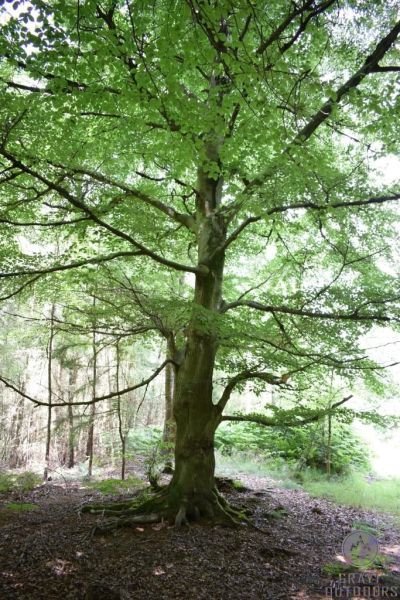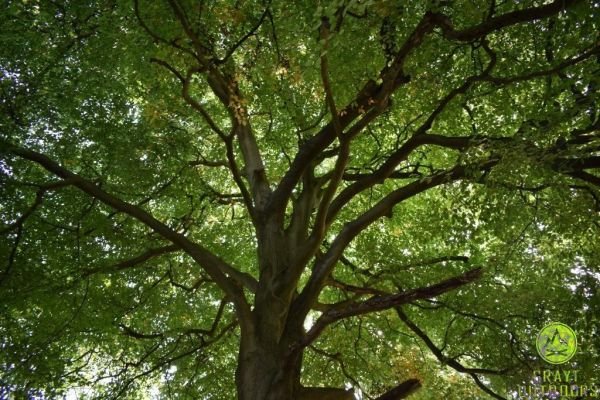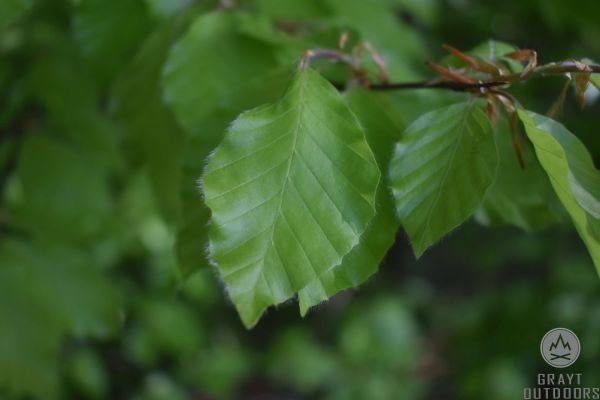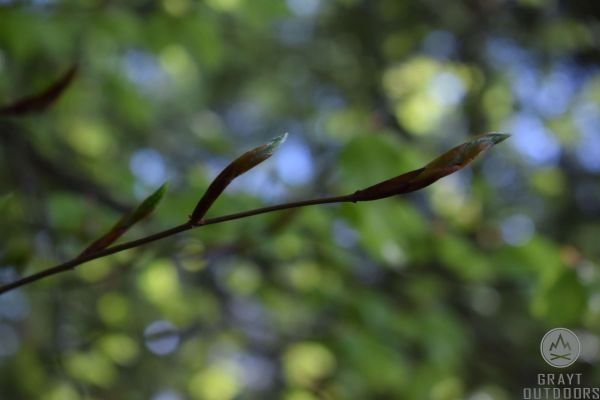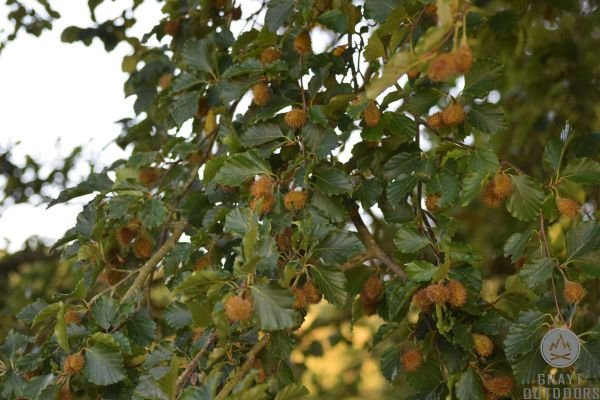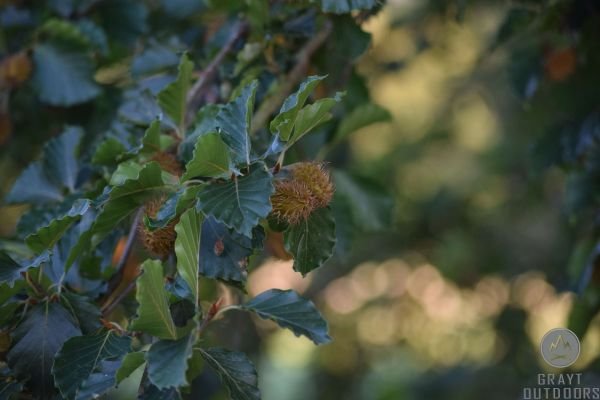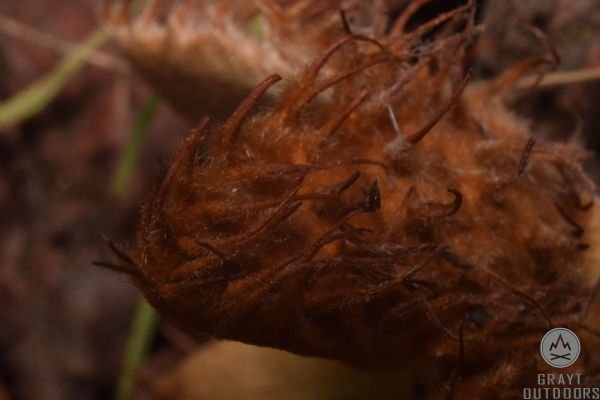Mobile Viewing / Viewing on a small screen
Viewing this website on smaller screens will disable the table information. To view this data please view the site on a desktop computer or rotate your device to landscape.
Beech
(Fagus)

Summary
| Order | Family | Genus |
|---|---|---|
| Fagales
(Fagales) |
Fagaceae
(Fagaceae) |
Beech
(Fagus) |
Overview
The genus Fagus only contain 10-13 species within 2 sub-genera. The most common in the UK is Fagus sylvatica, or simply 'Beech', and is a native tree. It can be found in abundance throughout the most of the UK, less so on exposed coastlines.
The tree is very large and imposing and often forms woodland with Oak and Spruce trees. Beech woodland is often sparse; this is due to the lack of light let through its dense foliage, resulting in little sunlight penetrating through. There are, however, a number of plants and fungi that grow in close proximity to beech trees, some forming symbiotic relationships (See below). The notorious 'Death Cap' (Amanita phalloides) is one of these species.
Beech has had a host of uses due to it being a hardwood. A few traditional uses include piano frames, oars, bellows, pestle & mortars, oils, and fuel. It is now used as an all-round hardwood for things such as tool handles, flooring, furniture (indoor furniture as it does not last well outdoors). You can also make a liqueur out of the leaves by leaving them in gin. This is the same process as making Sloe gin but produces a green liqueur.
Bushcraft
A source of food. The young leaves are edible (and more palatable than older leaves) and Beech nuts are available in abundance once every 2 years as this is a biannual tree (and assuming the squirrels haven't gotten there first!).
NOTE: Do not camp under a beech tree as they are known to drop limbs!
Click below for more information of individual species at Plants For A Future website (PFAF.org)
Gallery and Identification
Features common to majority of species:
Size - Species variation - 23m to 40m (Oriental Beech (Fagus orientalis) to Beech (Fagus sylvatica))
Bark - Generally smooth and grey. (bear in mind it may well have green algae growing on it)
Leaves - Light green/yellow when young, turning darker green. Produce a lot of leaf litter in the winter
Reproductive Parts - Produces both male and female flowers. Male flowers formed in clusters on stalks. Female flowers on short stalks. Nuts produced biannually. Glossy brown and encased in a rough looking case.
Distribution - Found in abundance in England, Wales and Ireland. Less common in Scotland.
Surroundings - Beech woodland is often quite 'open' due to the shade cover of the bole of Beech trees and they are difficult to compete with. They form woodland with Oaks and Spruce trees.
Resources
Firewood
Timber
Food
Nuts
Leaves




